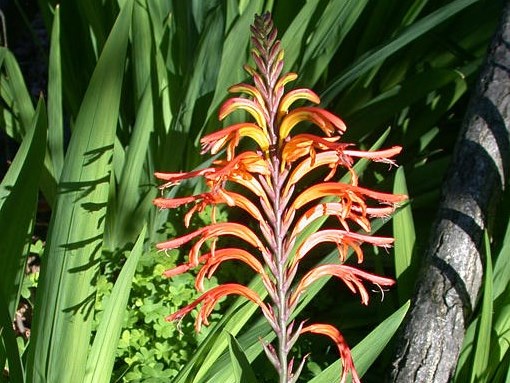Created on: Friday, Jun 10th, 2016
Reviewed by Gina Darin, CA Dept of Water Resources, and Irina Irvine, NPS Santa Monica Mountains National Recreation Area
USDA GRIN: https://npgsweb.ars-grin.gov/gringlobal/taxonomydetail.aspx?id=10154
Australia Virtual Herbarium: http://avh.ala.org.au/occurrences/search?taxa=chasmanthe+floribunda#tab_...
Queensland: http://keyserver.lucidcentral.org/weeds/data/media/Html/chasmanthe_flori...
Calflora: http://www.calflora.org/entry/observ.html#srch=t&taxon=Chasmanthe+florib...
South Africa: http://pza.sanbi.org/chasmanthe-floribunda
A journal literature search brought up only 6 articles, none of which seemed helpful to this evaluation.
- < 13 : accept (low risk of invasiveness)
- 13 - 15 : evaluate further
- > 15 : reject (high risk of invasiveness)

